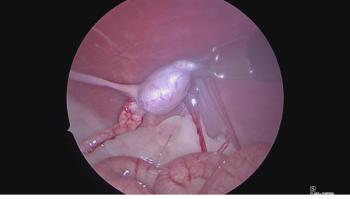
Dogs as Models of Human Rare Diseases
Researchers find that there are several characteristics that dogs have that make them good models for human rare diseases.
Dogs are valuable models of human rare diseases, say the authors of an article recently published in
Understanding the pathophysiology of human rare diseases at a molecular level is a challenge, say the authors, because of the small number of patients and because rodent models are not always relevant. “Dogs are coming to the rescue as physiologically relevant large animal models,” they write, partly because many genetic conditions in dogs have counterparts in human disorders. “The sequencing of the canine genome and subsequent development of powerful gene discovery tools has remarkably facilitated gene discoveries in disease, morphology and behavior.”
The authors discuss several characteristics of dogs that make them good models for human diseases:
- The dog genome has about the same number of genes as the human genome, and many of the genes are closely related. In addition, the structure of the dog genome facilitates mapping within and across breeds, making it easier to pinpoint gene variants associated with diseases.
- Dogs spontaneously develop a large number of diseases, such as diabetes, epilepsy, various cancers, eye diseases, and autoimmune disorders, that are analogous to human diseases.
- Dogs share living environments with people.
- Dogs are physiologically and clinically more similar to humans than are rodents.
- Detailed genealogical records are available for many breeds.
- Veterinary records are available for companion dogs, providing a source of reliable clinical information for research.
The authors point to three developmental disorders in dogs, all counterparts of human rare conditions, as examples of how gene sequencing in dogs can lead to better understanding of these diseases in both species. Details were published earlier this year in
“We and others have demonstrated that dogs carry numerous clinically and genetically close counterparts of human rare diseases,” they write. “Better characterization and utilization of the canine models could be highly useful, not only for the development of new therapies for rare human diseases, but also for the better understanding of the molecular pathophysiology of the conditions in general.”
Funding was provided by the Academy of Finland, the Sigrid Juselius Foundation, the Jane and Aatos Erkko Foundation, the European Research Council, Biocentrum Helsinki, and the Morris Animal Foundation. One author, Hannes Lohi, is an owner of a company that provides canine DNA testing.
Dr. Laurie Anne Walden received her doctorate in veterinary medicine from North Carolina State University. After an internship in small animal medicine and surgery at Auburn University, she returned to North Carolina, where she has been in small animal primary care practice for over 20 years. Dr. Walden is also a board-certified editor in the life sciences and owner of Walden Medical Writing, LLC. She works as a full-time freelance medical writer and editor and continues to see patients a few days each month.
Newsletter
From exam room tips to practice management insights, get trusted veterinary news delivered straight to your inbox—subscribe to dvm360.




